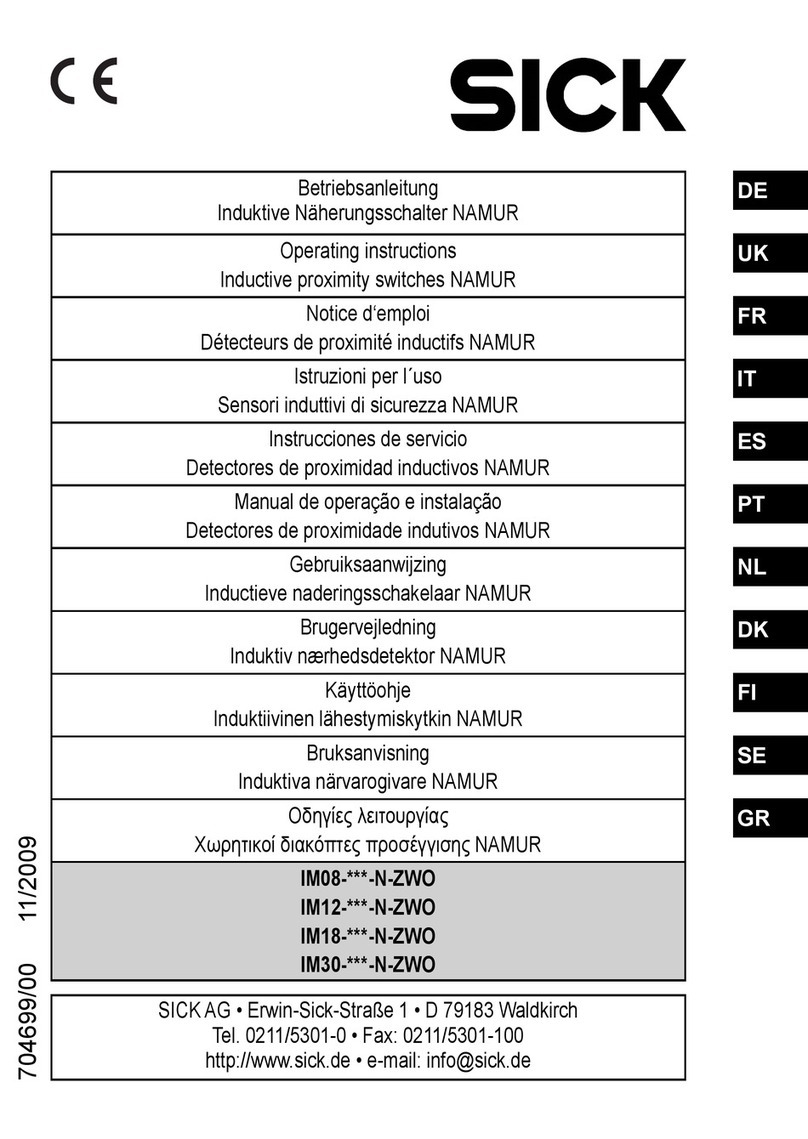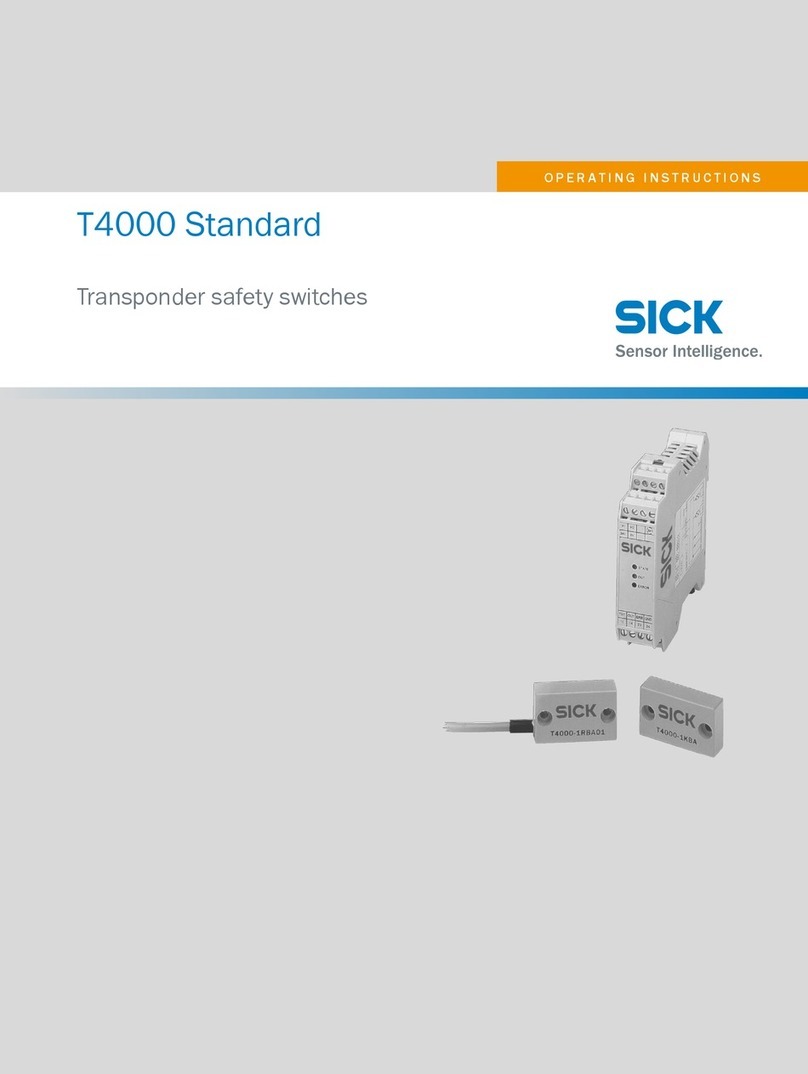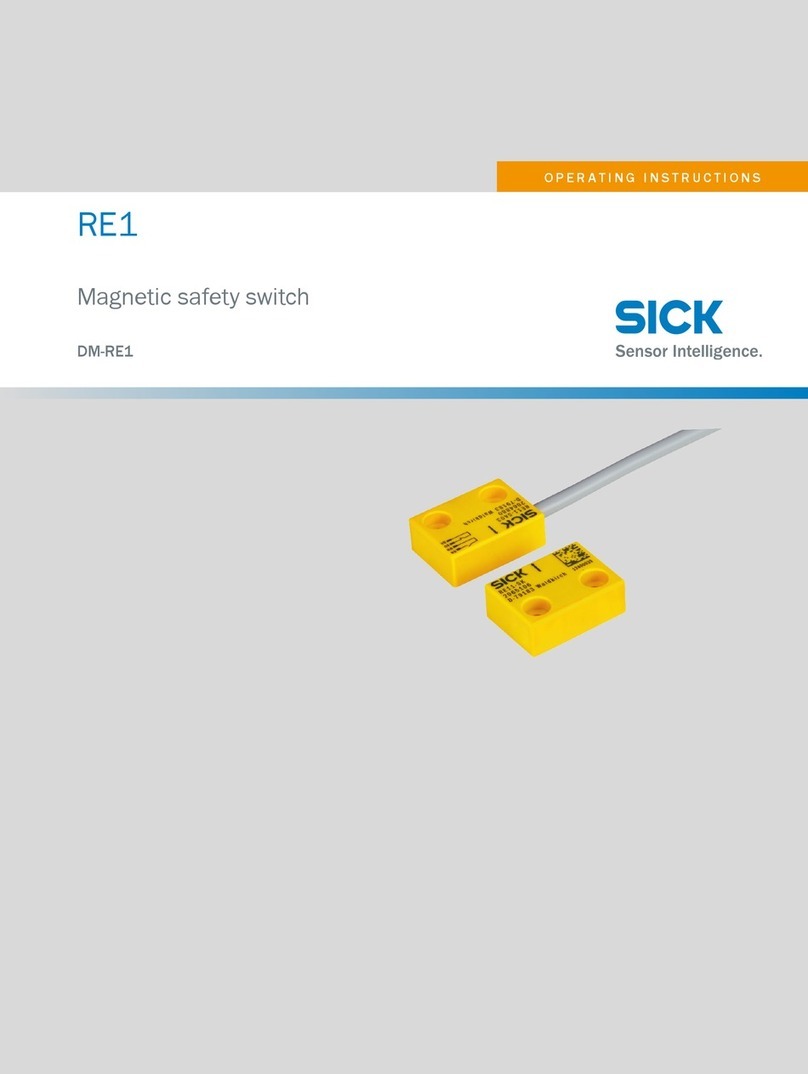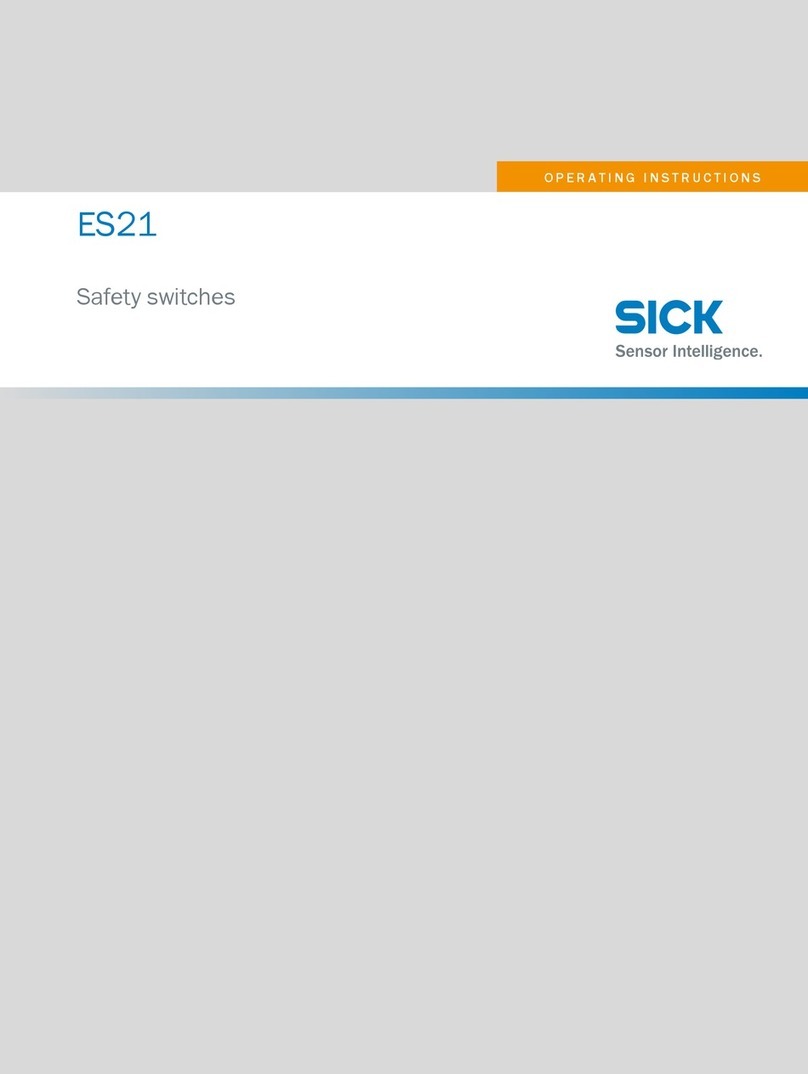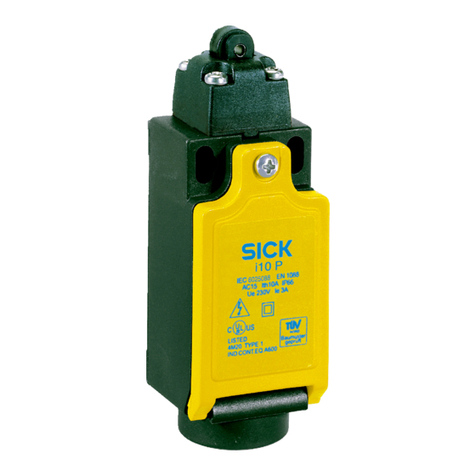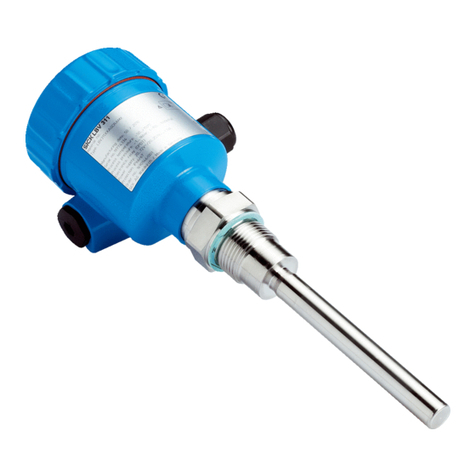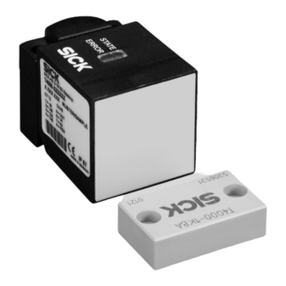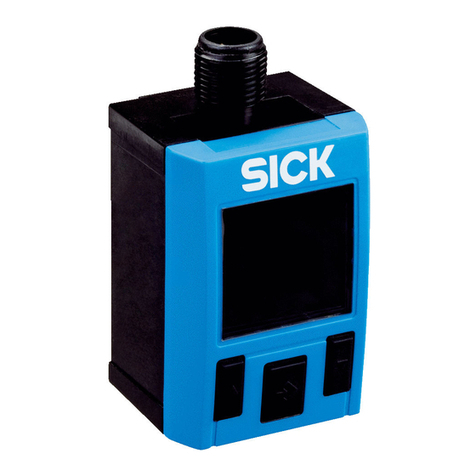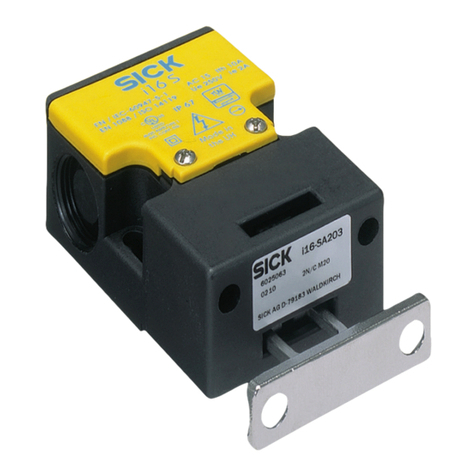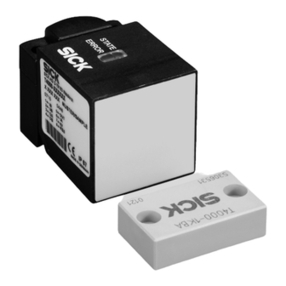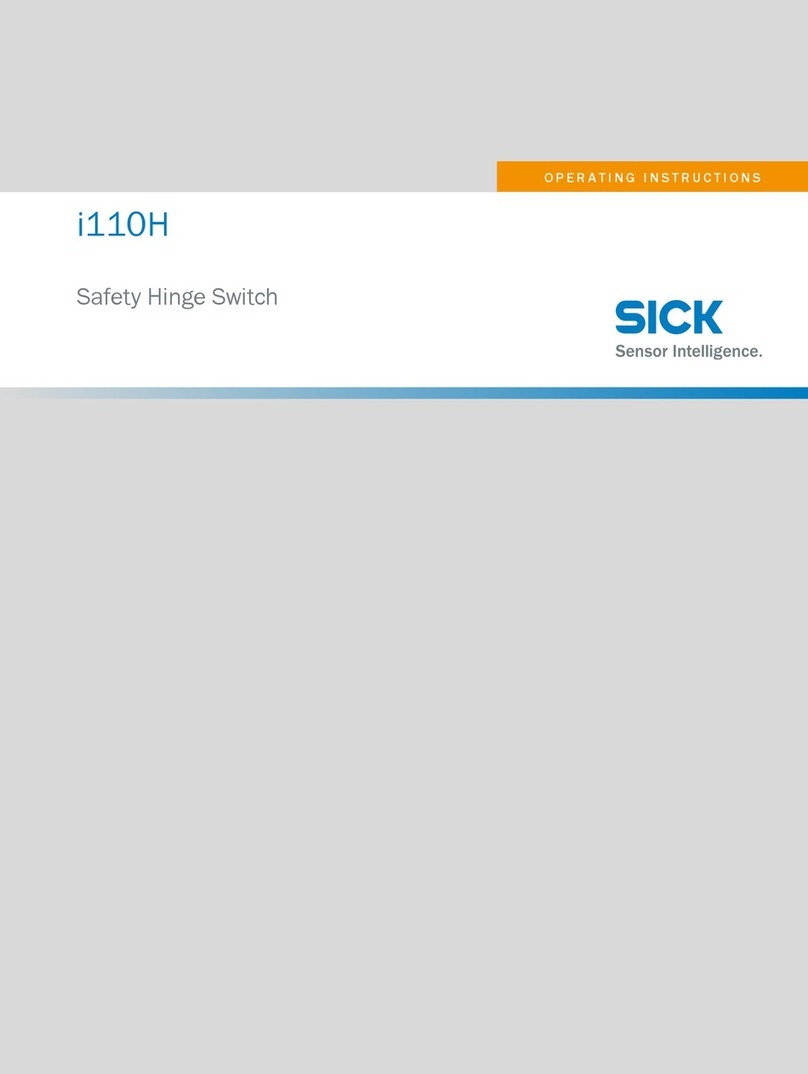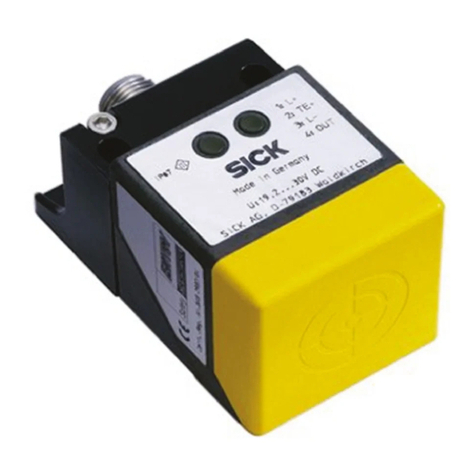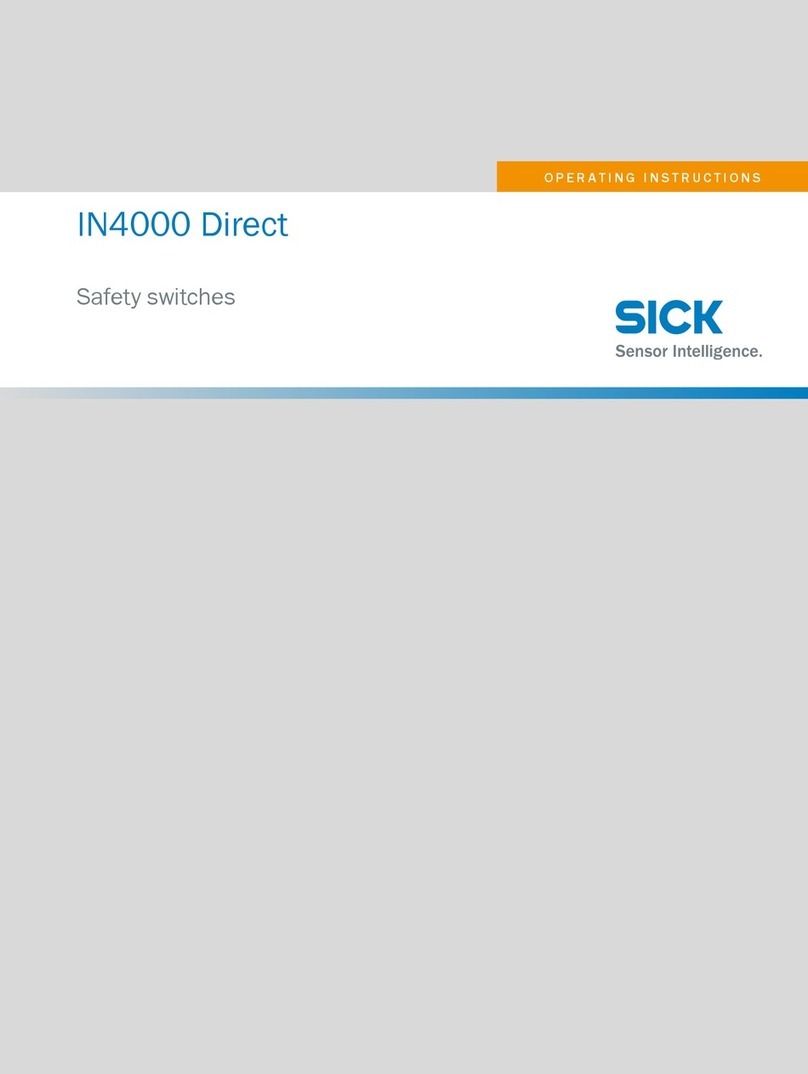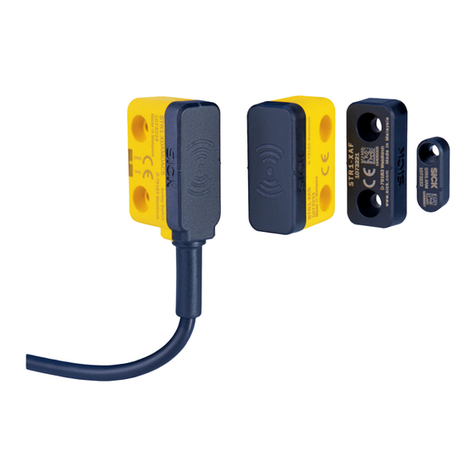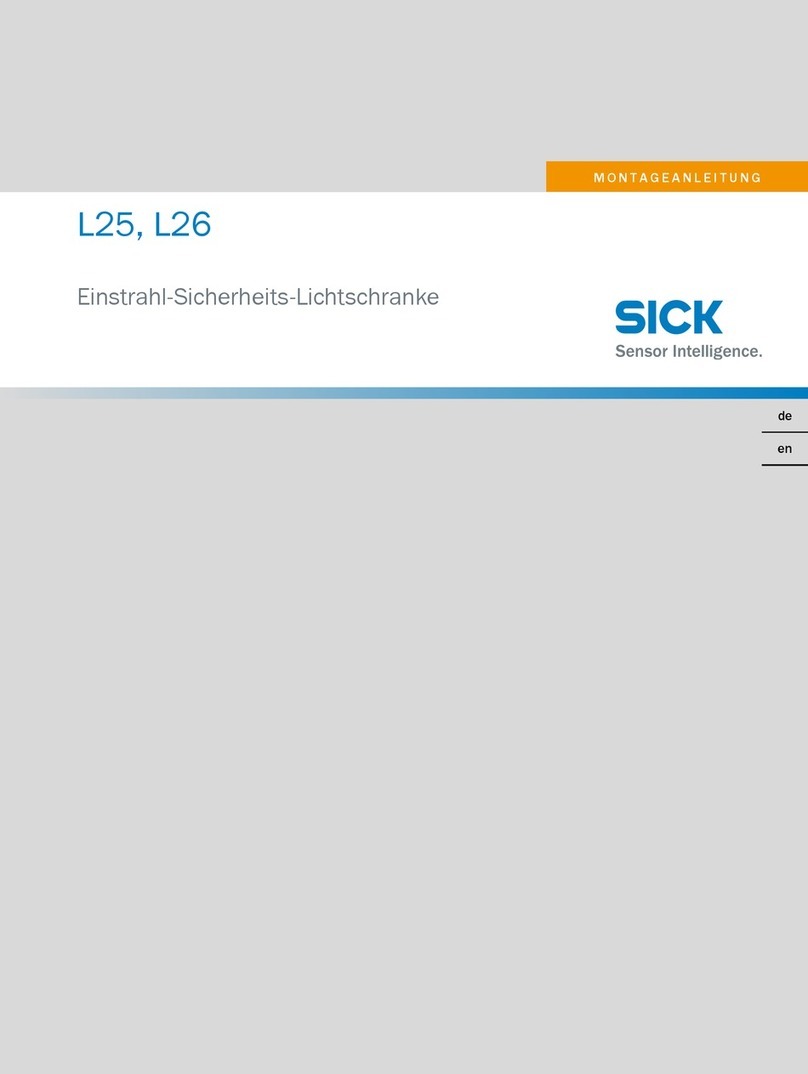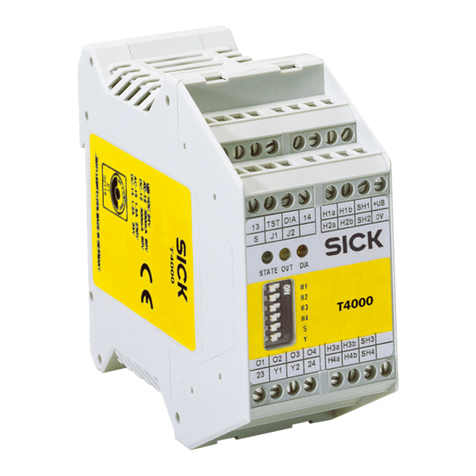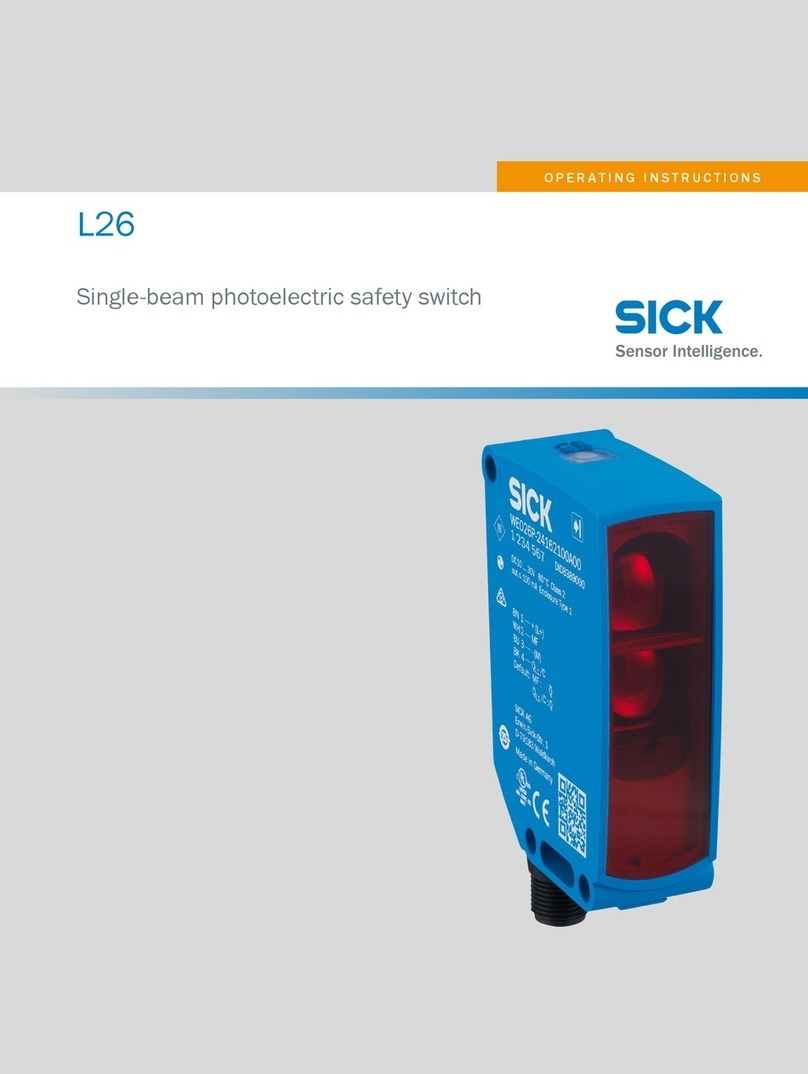
Contents
1 About this document........................................................................ 5
1.1 Function of this document....................................................................... 5
1.2 Scope......................................................................................................... 5
1.3 Target groups of these operating instructions........................................ 5
1.4 Additional information.............................................................................. 5
1.5 Symbols and document conventions...................................................... 5
2 Safety information............................................................................ 7
2.1 General safety notes................................................................................ 7
2.2 Intended use............................................................................................. 7
2.3 Improper use............................................................................................. 7
2.4 Requirements for the qualification of personnel.................................... 7
3 Product description........................................................................... 9
3.1 Structure and function............................................................................. 9
3.2 Product characteristics............................................................................ 10
4 Project planning................................................................................ 11
4.1 Manufacturer of the machine.................................................................. 11
4.2 Operating entity of the machine.............................................................. 11
4.3 Design........................................................................................................ 11
4.4 Integration in the electrical control.......................................................... 13
4.5 Thorough check concept.......................................................................... 14
5 Mounting............................................................................................. 15
5.1 Flush mounting......................................................................................... 15
5.2 Non-flush mounting.................................................................................. 16
6 Electrical installation........................................................................ 18
6.1 Safety......................................................................................................... 18
6.2 Notes on cULus......................................................................................... 19
6.3 System connection (M12, 4-pin)............................................................. 19
6.4 System connection (M8, 4-pin)................................................................ 20
6.5 System connection (open cable end, 4-pin)........................................... 20
7 Commissioning.................................................................................. 21
7.1 Safety......................................................................................................... 21
7.2 Switching on.............................................................................................. 21
7.3 Adjustment................................................................................................ 21
8 Troubleshooting................................................................................. 22
8.1 Safety......................................................................................................... 22
8.2 Fault indicators......................................................................................... 22
9 Maintenance...................................................................................... 23
CONTENTS
8023341/17AZ/2020-03-24 | SICK O P E R A T I N G I N S T R U C T I O N S | IME2S, IQB2S 3
Subject to change without notice

